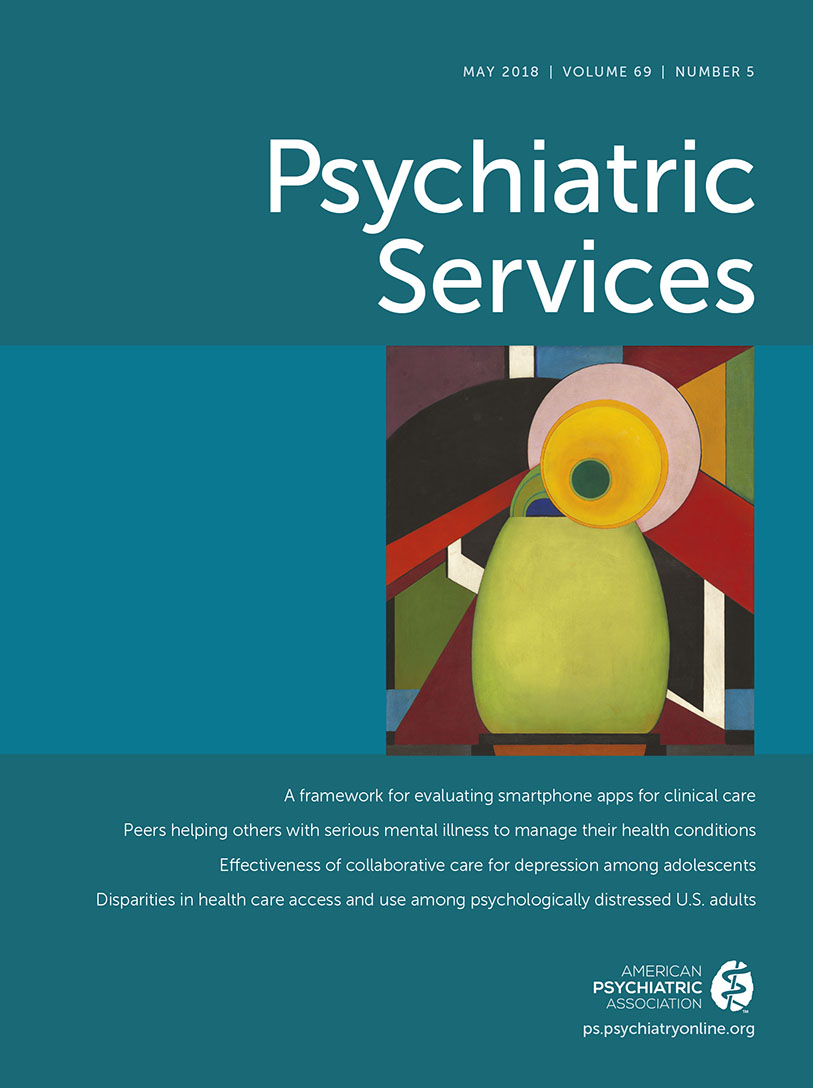National Estimates of Recovery-Remission From Serious Mental Illness
Abstract
Objective:
A broad range of estimates of recovery among previously institutionalized persons has been reported, but no current, community-based national estimate of recovery from serious mental illness exists. This study reports recovery rate results, based on a remission definition, and explores related demographic factors.
Methods:
A national, geographically stratified, and random cross-sectional survey conducted from September 2014 to December 2015 resulted in responses from more than 41,000 individuals. Lifetime prevalence of serious mental illness was assessed by asking about receipt of a diagnosis (major depression, bipolar disorder, manic depression, and schizophrenia or schizoaffective disorder) and hospitalization and impairment associated with the diagnosis. Recovery was determined by asking about impairments over the past 12 months.
Results:
Almost 17% reported receiving one of the diagnoses in their lifetime, 6% had a lifetime rate of a serious mental illness, and nearly 4% continued to experience interference associated with serious mental illness. One-third of those with a lifetime serious mental illness reported having been in remission for at least the past 12 months. Recovery rates were low until age 32 and then progressively increased.
Conclusions:
Lifetime estimates of diagnosed illness and current prevalence of serious mental illness are consistent with previous research. Results indicate that recovery is possible and is associated with age. Further research is needed to understand factors that promote recovery, and sustained evaluation efforts using similar parsimonious approaches may be useful in conducting timely assessments of national and local mental health policies.




